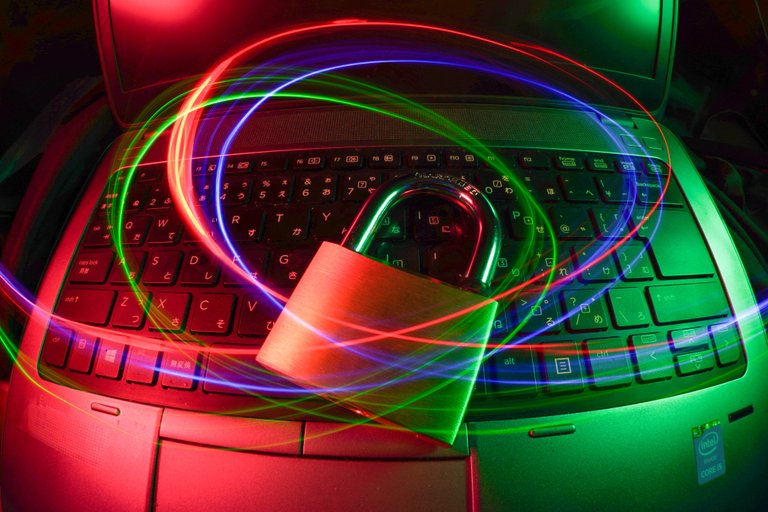
Cybersecurity involves all assets linked to the internet, so auditing your device on your own will help prevent breaches. Conducting an access control audit on your information assets will help tighten the security of your accounts and assets online. Also, this way, you get to know what to do just in case an unauthorized person has access to your account.
So what's this Access control audit about; well, it is the security audit that involves checking for compliance with the logical access rights given to an account, password management, review access rights, management of privileged accounts, logging of activities, removal of access rights and access to source codes and information access restrictions.
The list is more extensive than listed here; however, not all apply when conducting an audit for personal information assets from your home. A business Access control Audit will surely contain more, as there are many accounts, users, domains and departments in an average business setup.

So conducting a logical access rights review for your personal information asset will require checking all the devices currently connected to your account. If a device you are no longer using or an unauthorized device is connected to your account, such a device needs to be removed/disabled. This way, such a device will not have access to your account.
Activities conducted on an account should be logged, making monitoring the account more effectively and efficiently easier. Also, reviewing all the activity logs is great as this helps you check for irregularities and easily spot an action that might have been conducted on your account without your awareness. This way, you can track the activities and block the hacker's access easily.
Password management is an issue that affects all devices, and personal devices are no exception. Some personal devices have been using one password for years. The audit tilts the users toward changing their password either Quarterly or ensuring that the good password traits are inherited. Examples are not writing down a password and the password being Alpha-Numerical with a combination of symbols and not less than eight characters.
The developers working on a personal project should ensure that codes are stored in a repository and that they are the only ones with access to those codes. Also, any change made to a code should be logged, and that new code should have a new version number of its own. Versioning should be done for all codes.